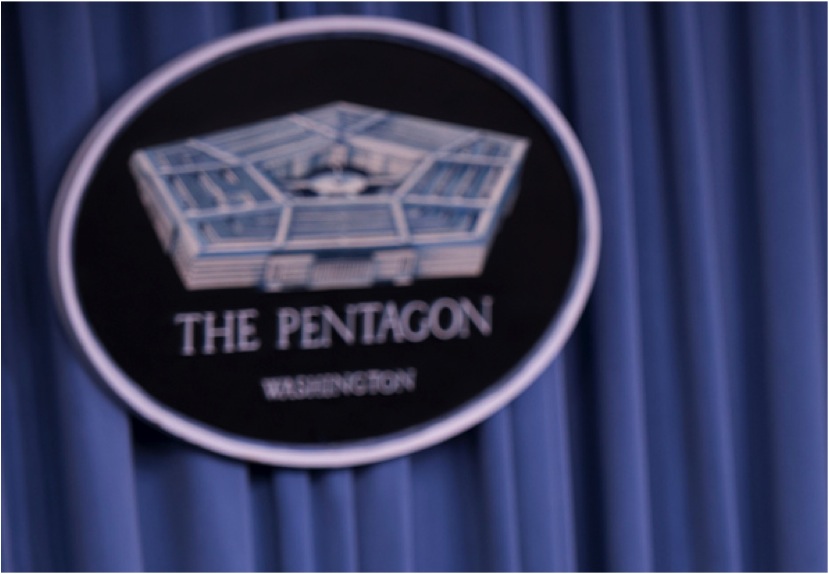The End of the End of Defense Budgeting?

After years of operating without one, the Federal government might finally start operating under a budget.
Last week, the House-Senate budget conference struck an agreement on a Federal budget that provides $63 billion in sequester relief over two years. That relief will be divided equally between defense and non-defense discretionary spending. National defense, the 050 budget function, will get approximately $22 billion in sequester relief in Fiscal Year (FY) 2014 and another $9 billion in FY 2015.
This is good news for defense because the FY 2014 national defense budget was the lowest under sequestration, capped at $498.1 billion. Assuming a Department of Defense (DoD) base budget (budget subfunction 051) of around 95% of total national defense spending, the DoD was facing a cap of approximately $475 billion. The agreement’s sequester relief will lead to a modest increase in FY 2014, resulting in a DoD base budget of about $497 billion.
This relief, while welcome, isn’t exactly a “manna from heaven” moment. Since the department’s enacted base budget in FY 2013 was $496.6 billion (after sequestration), the deal essentially returns DoD funding to the sequester levels of FY 2013 —not exactly a banner year for defense readiness. And because the department submitted a budget seeking $526.6 billion, it will still need to find roughly $30 billion in savings.
We don’t yet know what the department will do with the extra $31.5 billion, but it will most likely reinvest it into the Operations and Maintenance (O&M) account that was the primary donor to the sequester. It could also put some back in the Modernization accounts. Some tactical air squadrons might fly more than they were scheduled and infantry battalions might shoot more live ammo, but the cumulative effects of the extra $31.5 billion will at best help stabilize the readiness deterioration that occurred in FY 2013. And since the FY 2013 sequester drew on unobligated balances from prior years, it’s entirely possible readiness won’t improve at all.
Much of the analysis thus far has focused on the sequestration relief as the best part of the deal, but neglected something equally, if not more important: the (temporary?) end of budgeting by continuing resolution.
DoD operated under a continuing resolution (CR) from September 2010 until December 2011 (or all of FY 2011 and into FY 2012) and all of FY 2013. As Tom McKay explained recently at PolicyMic, a CR is a temporary appropriations measure that sets government funding “at pre-approved levels without debating a new spending bill. It is not an increase in spending, but rather an agreement to continue funding programs and expenditures at previous rates until a new budget can be negotiated between Republicans and Democrats.”
Back in January, Secretary of the Navy Ray Mabus sounded the alarm over the effects of a year-long CR, saying that while most attention was given to the sequester, “we have an equal, equal concern about CR.” Last month, Secretary of Defense Chuck Hagel decried the uncertainty created by CRs: “DoD cannot responsibly, efficiently, and effectively plan, strategize, and implement national security policies with this cloud of uncertainty continuing to hang over it.”
Continuing resolutions have had two pernicious effects on DoD. First, they generally froze spending at previous years’ levels, creating additional shortfalls in budgetary resources. In FY 2013, this shortfall was $11 billion. Second, they kept “funds aligned in the same accounts” as prior years. This prevented the department from starting new programs and kept money flowing into those designated for cancellation. Other deleterious effects of CRs include pay freezes, the deferring of maintenance, delays in operations, and the shortening of contracts and contract competitions.
If Congress can pass this deal, it should give DoD some much needed certainty when submitting the FY 2015 budget (including the Future Years Defense Plan) next year. Managers will be able to start planning beyond the CR, which should remedy some of the negative consequences listed above. Sequestration will still require the department to trim spending more than it wants to, but a two-year budget agreement makes it easier to hit that target.
Still, the department did itself no favors the last two years by submitting budgets that ignored the Budget Control Act. Submitting one for FY 2015 that conforms to the spending caps will remove the threat of arbitrary, across-the-board cuts and allow the department to implement the reductions in a rational manner. On the other hand, such an approach will force DoD into the hard choices everyone talks about but no one seems to make. Sequestration has a way of absolving decision-making.
Budgeting is only part of the picture. We need to focus more what we get for the dollars we spend and the tasks we want our military to accomplish. The Pentagon’s budget execution is well-known if impervious to change and the strategy is in danger of ripping at the seams. The outputs are equally if not more important than the inputs.
W. Jonathan Rue is a senior policy analyst at a small consulting firm where he specializes in defense policy and budget issues. A former Marine captain, he served in Iraq as an intelligence advisor.
Photo credit: Secretary of Defense (adapted by War on the Rocks)

